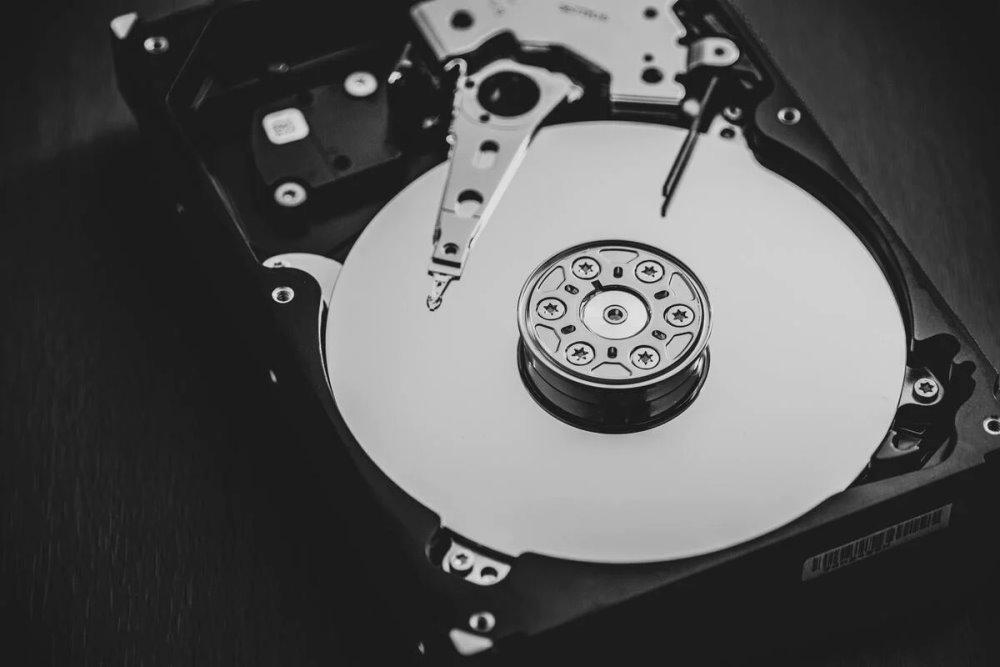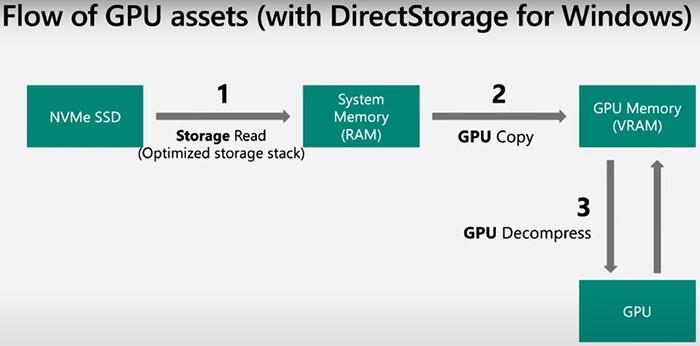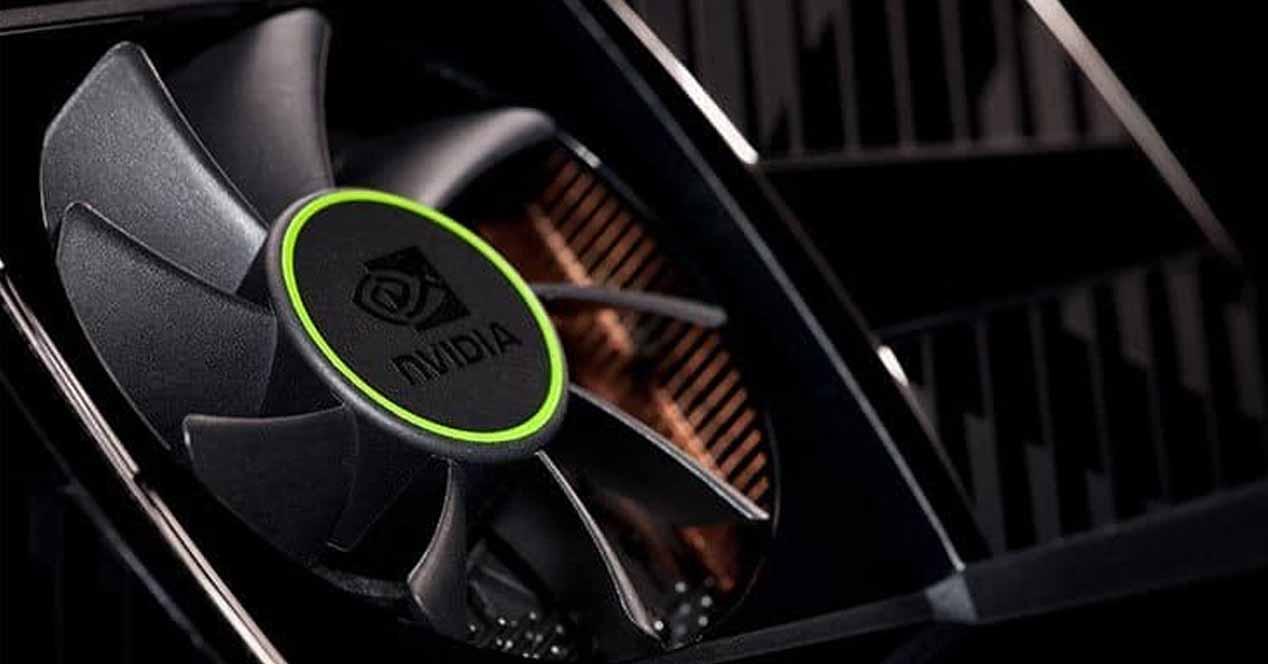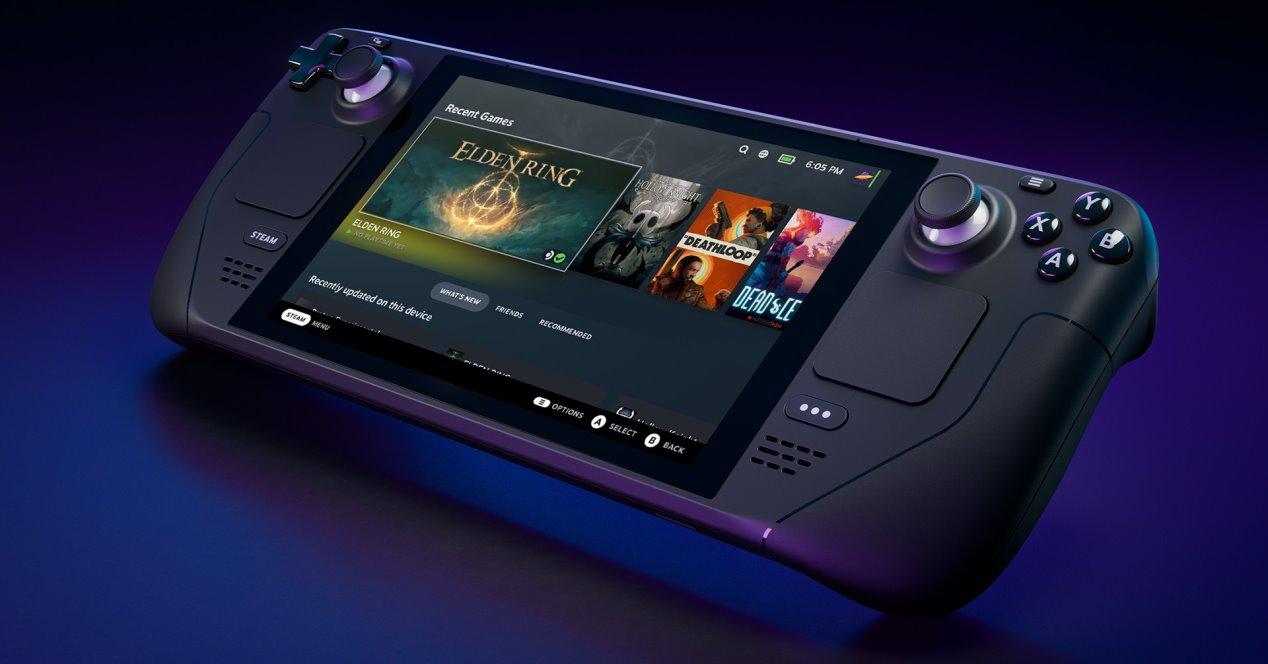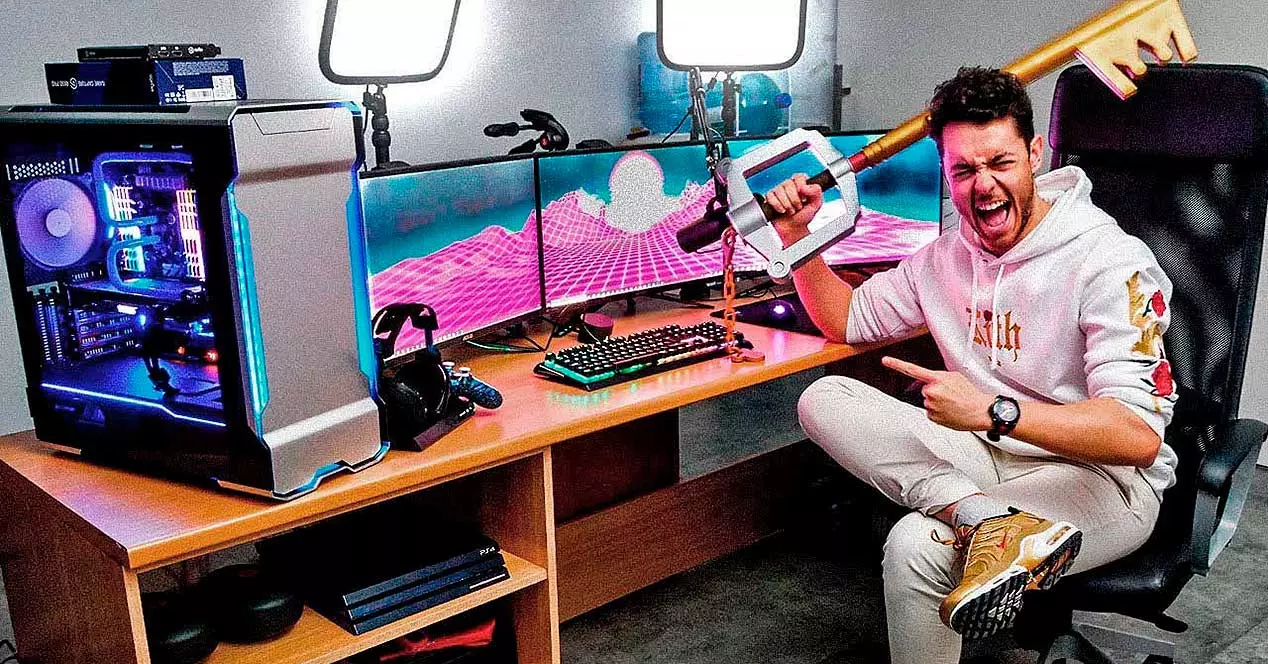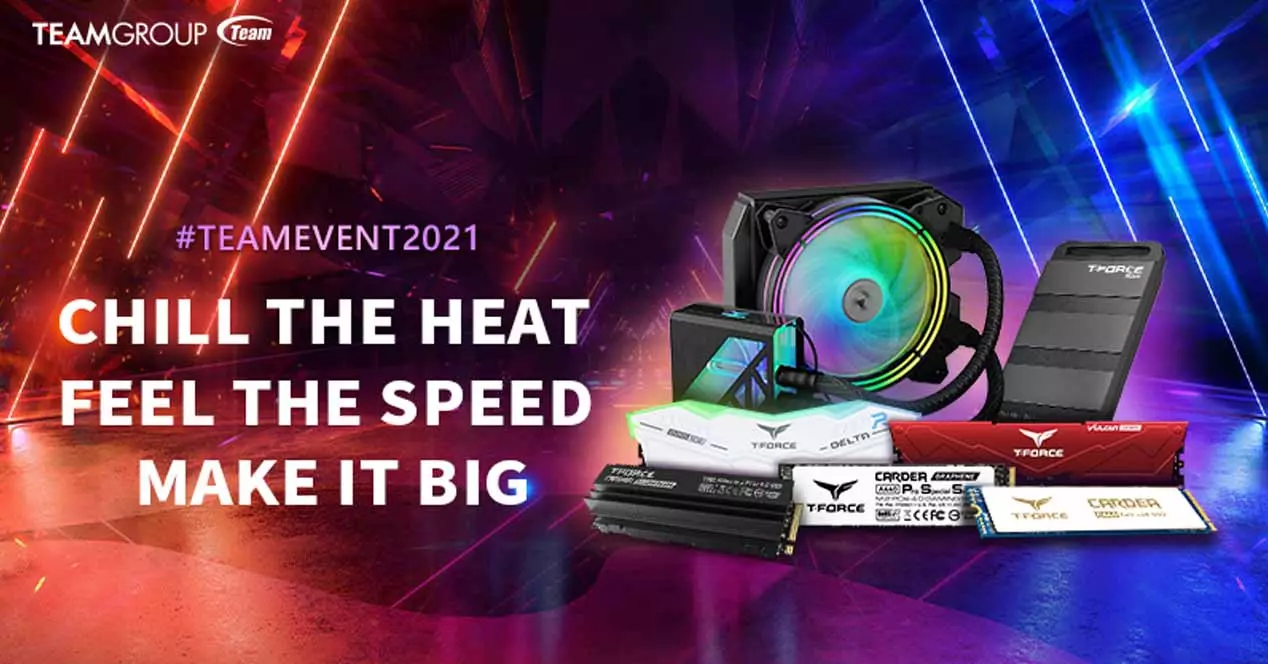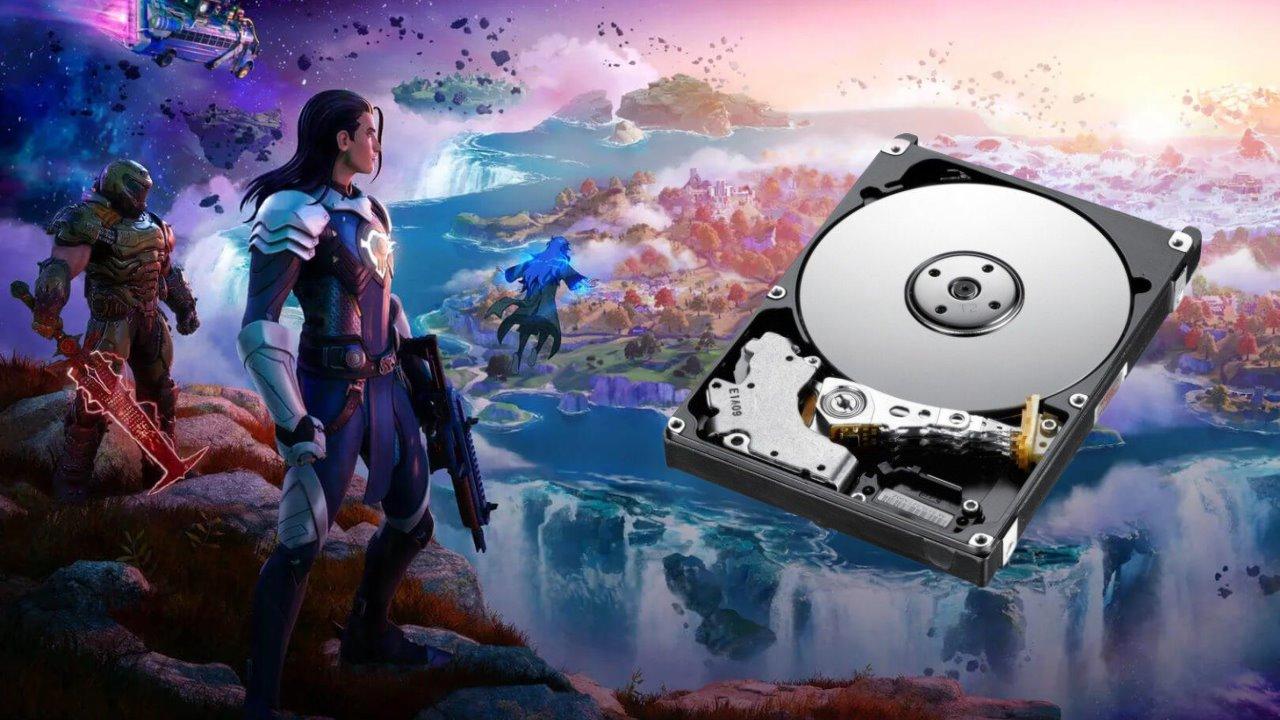
DirectStoraget was a solution developed by Microsoft for the Xbox Series X console. This technology later reached the PC. What this technology does is transfer data directly to the GPU without having to go through the processor. Load times are improved and processor usage is reduced.
Improved HDD performance thanks to DirectStorage 1.2
All computer processes have a series of established steps that require time. Eliminating steps in the process means improving the final performance.
Imagine that to get home you go through 12 streets and it takes 5 minutes. But, thanks to the fact that they open a new street, you reduce your journey to 11 streets and now it only takes 4 minutes. Well, more or less this does DirectStorage.
Specifically, Microsoft technology directly communicates the SSD and graphics card. The data passes from the SSD to the RAM memory and, from this, to the VRAM of the graphics card. Before, to go from RAM to VRAM, they had to go through the processor. This reduces data transfer times and processor usage.
Until now, this solution was only available for SSDs, but now also reaches the HDDs. This makes for better gaming performance.
This technology has a drawback in mechanical hard drives and that is that the loading times of these storage units are tall. By using mechanical parts, the performance is quite limited.
The new feature adds buffered file open mode. To access this technology, simply set the value “ForceFileBuffering” in TRUE within DSTORAGE_CONFIGURATION1.
We should note that buffered I/O is not supported by BypassIO. The value of “DiableBypassIO» should be set to TRUE.
On the other hand, it must be taken into account that the game developers that support and adapt this function. So, it must be supported by the game to be used.
How does this change affect performance?
We have no data, as Microsoft has not disclosed how much performance is improved. Obviously, we should not expect a great leap in performance. It will be less obvious than with SSDs, but there must be an extra performance.
We’ll still be limited by the moving parts of these storage units, but we’ll get a bonus. Possibly, in the best of cases we move in a range of 5-10%.
At the same time, we must stress that HDDs are getting better in many ways. The cache size is being increased to buffer and improve performance. In addition, the number of chainrings and reading arms are being increased to obtain extra performance.
Although these storage units are very limited, they still have certain markets. Above all, for massive data storage they are highly valued for their great capacity/price ratio.
